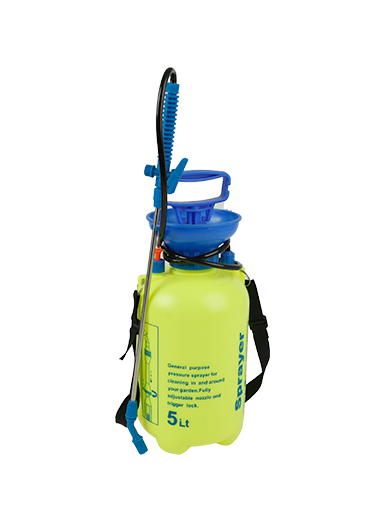It Is A Professional Sprayer Manufacturer Integrating Research, Design And Development.
+86-15824002009 Contact UsThe Agricultural Backpack Sprayer is a fundamental tool in modern farming and gardening, designed for the precise and efficient application of liquids like fertilizers, pesticides, and herbicides. Unlike simple watering cans or basic spray bottles, this equipment is a integrated system engineered for ergonomics, consistency, and safety when handling agricultural chemicals. Understanding what an Agricultural Backpack Sprayer includes is key to its effective operation, maintenance, and longevity. The complete system can be broken down into several core components, each playing a vital role in the process of drawing liquid from the tank and converting it into a controlled spray pattern across plants or soil.

The Tank and Harness System
The visible part of the unit is the tank and the harness that allows it to be carried comfortably. This subsystem is designed for capacity, durability, and user comfort during extended use.
Tank Material and Capacity: The tank is typically made from corrosion-resistant materials like high-density polyethylene (HDPE) or polypropylene. These plastics are lightweight, durable, and chemically inert, preventing reactions with the liquid contents. Tanks are available in various capacities, commonly ranging from 12 to 20 liters, allowing the user to select a size appropriate for the area to be covered without being overly burdensome to carry.
Tank Features: A well-designed tank includes several important features. A wide opening, often with a threaded cap, facilitates easy filling and cleaning. Clear graduated markings on the side indicate liquid volume for accurate mixture measurement. An integrated agitator is sometimes present; this is a small paddle or ball that moves when the user walks, helping to keep powdered chemicals in suspension within the tank.
Harness and Frame: The harness is a critical component for user comfort. It consists of padded, adjustable shoulder straps and often a waist strap. These distribute the weight of the filled sprayer evenly across the user's back and hips, reducing fatigue. A sturdy internal or external frame provides structural support, preventing the tank from flexing and helping to maintain the sprayer's balance while moving over uneven terrain. The quality of the harness directly influences how manageable an Agricultural Backpack Sprayer is to use for long periods.
The Pump and Pressure Control Mechanism
At the heart of the Agricultural Backpack Sprayer is the mechanism that creates and maintains the pressure required to expel the liquid. This is what differentiates it from a simple container.
Types of Pumps: The common type is a piston or diaphragm pump, which is operated by a lever handle located beside the tank. With each stroke of the lever, the pump forces air into the tank, increasing the internal pressure. Some modern designs may feature a battery-powered electric pump that automatically maintains consistent pressure, eliminating the need for manual pumping.
Pressure Chamber and Release Valve: The pressurized air sits atop the liquid in the tank, creating a force that pushes the liquid toward the lance. A pressure release valve is a crucial safety and functionality feature. It allows excess pressure to be vented safely, preventing damage to the tank or hoses, and can be used to depressurize the system before opening the tank for refilling.
Consistent Pressure Delivery: A key advantage of a pressurized Agricultural Backpack Sprayer is its ability to deliver a consistent spray pattern. Once pressurized, the system provides a steady flow to the nozzle without the user needing to constantly pump, ensuring even application of chemicals across the target area.
The Delivery and Application System
This final subsystem comprises all the components that guide the liquid from the tank to the target, giving the user control over the direction and nature of the spray.
Hose and Lance: A flexible, chemical-resistant hose connects the tank to the spray lance. The lance is a rigid extension that allows the user to direct the spray with precision without having to bend or stretch excessively. It brings the nozzle to an distance from the plants.
The Nozzle: The nozzle is a small but highly engineered component that defines the spray pattern. It is typically interchangeable, allowing the user to select the right pattern for the job. Common types include fan nozzles for wide, even coverage; cone nozzles for thorough leaf coverage; and jet nozzles for targeted spot treatment. The nozzle also controls the flow rate, which is usually measured in liters per minute.
On/Off Control Valve: Located on the lance or integrated into the handle, the control valve allows the user to start and stop the flow of liquid instantly without affecting the tank's pressure. This provides precise control, preventing chemical waste and ensuring that spray is only applied where intended. A well-designed control valve is easy to operate, even while wearing gloves.
We will provide you with the latest product
information as soon as possible
